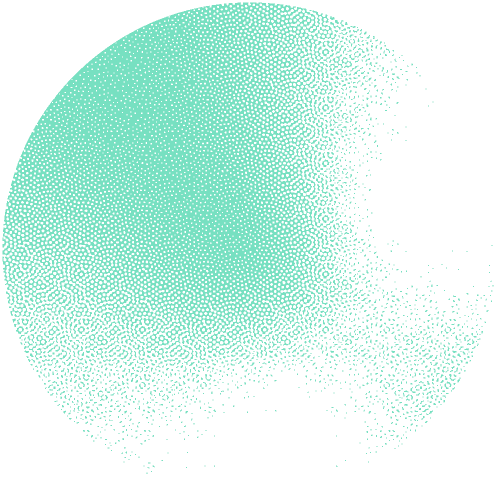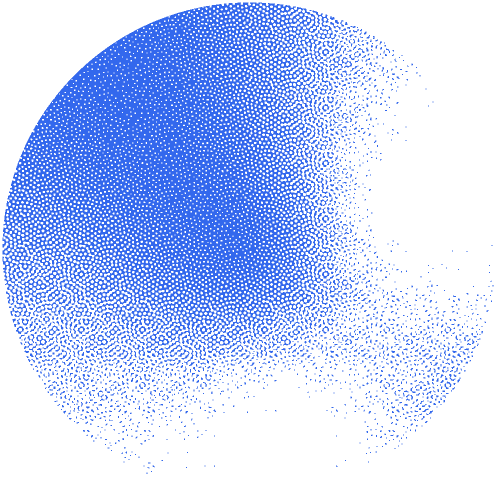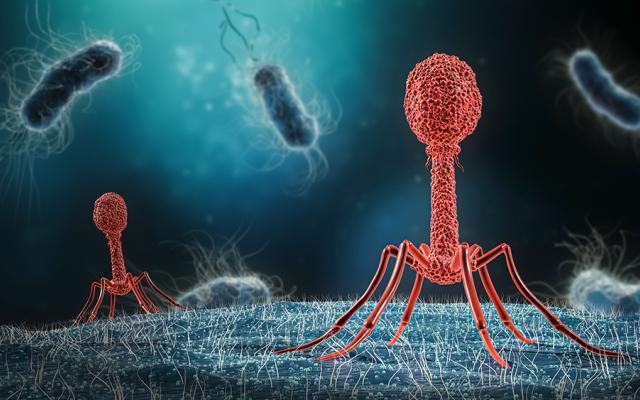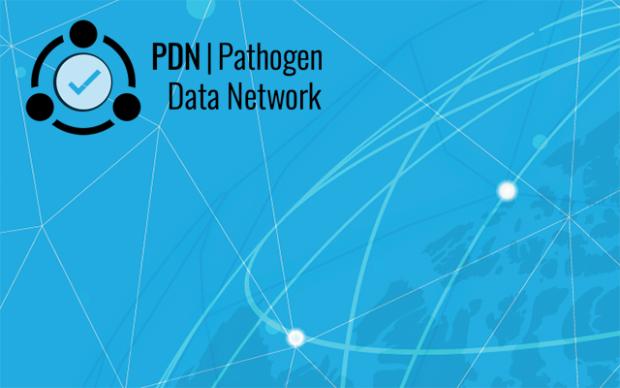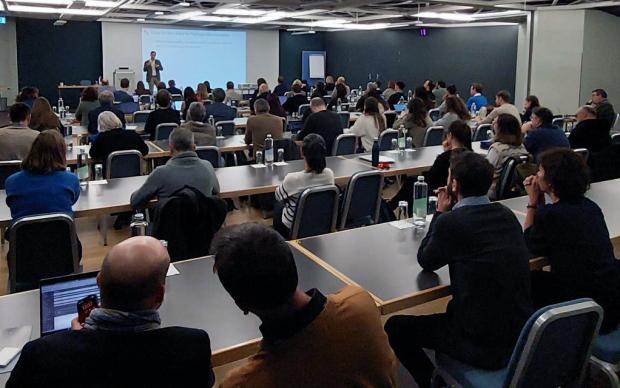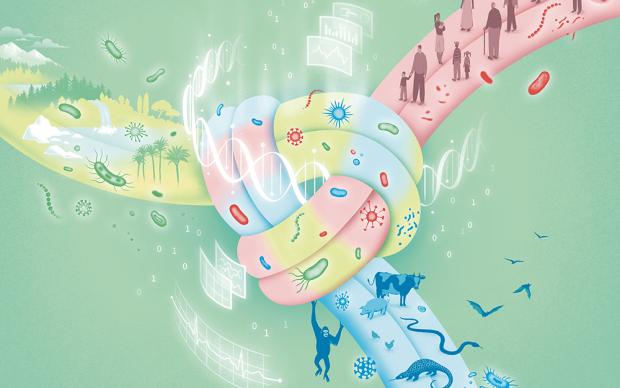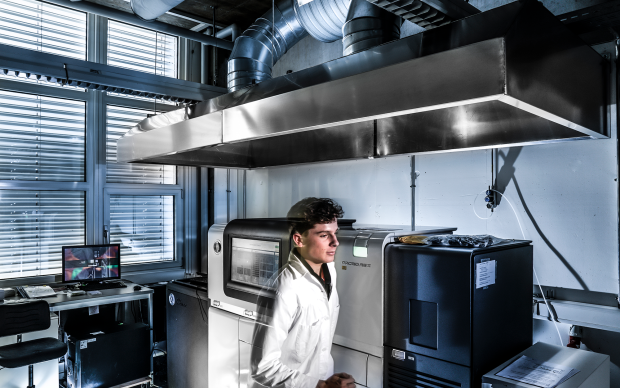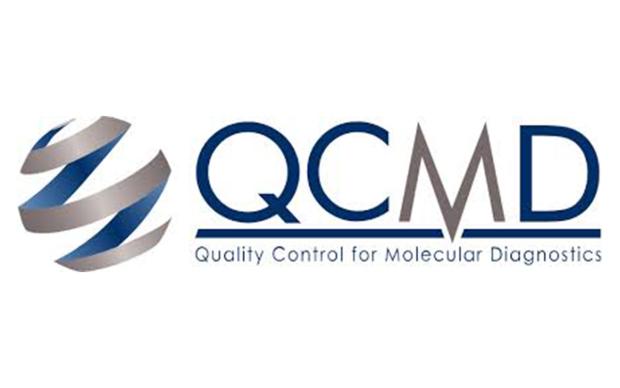An interdisciplinary collaboration between SIB’s Christian von Mering group, and UZH’s Sigel Lab research group identified the role of a new RNA molecule present in viruses that prey on bacteria living in our gut. Using data from the Microbe Atlas Project, they revealed a mechanism used by bacteriophages to ensure a successful infection, in the constant arms-race against their bacterial hosts. These results provide a new perspective into the regulation of the intestinal flora, broadening general knowledge of gut health.
In the intricate world of the human gut, trillions of microorganisms play critical roles. Among these, bacteriophages - viruses that infect bacteria - hold a special interest for researchers. Understanding how phages interact with their target at the molecular level opens new avenues for biomedical research and provides insights into how the balance of the gut microbiome is maintained or disrupted in case of infection.
About the Microbe Atlas Project (MAP)
By aggregating and analysing a vast collection of metagenomic samples, MAP facilitates the identification and study of unknown or under-researched microbial populations. It provides researchers with information about the typical abundances and preferred environments (e.g. volcano, ocean, etc.) of these microbes, formatted in datasheets accessible from the web interface.
MAP is one of several bioinformatics resources developed by the SIB Group of Christian von Mering. Among them STRING, a leading database of protein-protein interactions, part of SIB’s portfolio of open data resources.
New perspective on microbial interactions
The teams identified a subgroup of tiny RNA molecules, called theta ribozymes, within bacteriophages. These small enzymes can perform specific cuts to free up transfer RNAs, which ensure that the bacteria will understand and assimilate the virus’ code. The phage can now adapt its own genetic material and manipulate the unsuspecting host, improving the odds of a successful infection.
About the Microbe Atlas Project (MAP)
By aggregating and analysing a vast collection of metagenomic samples, MAP facilitates the identification and study of unknown or under-researched microbial populations. It provides researchers with information about the typical abundances and preferred environments (e.g. volcano, ocean, etc.) of these microbes, formatted in datasheets accessible from the web interface.
MAP is one of several bioinformatics resources developed by the SIB Group of Christian von Mering. Among them STRING, a leading database of protein-protein interactions, part of SIB’s portfolio of open data resources.
By tracking the abundance of theta ribozymes in samples logged in the Microbe Atlas Project, researchers were able to confirm the presence of these specific RNA enzymes within bacteriophages in the gut of humans and other mammals.
Taming phages for scientific progress
Understanding how viruses can manipulate their own genetic material to dupe their host opens new avenues for researchers in the biomedical field. Expanding on their method, Lukas Malfertheiner and Kasimir Kienbeck, PhD students in the respective research groups and shared first authors of the study, note that "We were surprised that it seems to be quite common for viruses to use small ribozymes – some of the oldest known molecules – to manipulate their bacterial hosts. This discovery could potentially be used in phage therapy, an alternative to antibiotics in the fight against the rising threat of multi-resistant pathogens."
Reference(s)
Kienbeck, K., Malfertheiner, L., Zelger-Paulus, S. et al. Identification of HDV-like theta ribozymes involved in tRNA-based recoding of gut bacteriophages. Nat Commun 15, 1559 (2024).
